Table of Contents
In the recommended toy lists of many parenting bloggers, there is often a set or several sets of beautiful wooden toys, such as building blocks, toy trains, or other unique shapes, which make people can’t help but place an order.
In the early education philosophy of Montessori, wooden toys are also highly praised classic toys. Senior early childhood education expert, Teacher Qú Jiālì, sincerely recommends these kinds of toys to everyone.
Today, I’ll introduce why every child should have a set of wooden toys, and explain in detail the specific ways to play with 10 classic wooden toys, ensuring that the kids won’t be “banished” and will get smarter as they play.
Why Every Child Should Have a Set of Wooden Toys
Wooden toys may seem boring, but they actually carry a variety of shapes and joyful playtime. They can best stimulate children’s imagination and creativity.
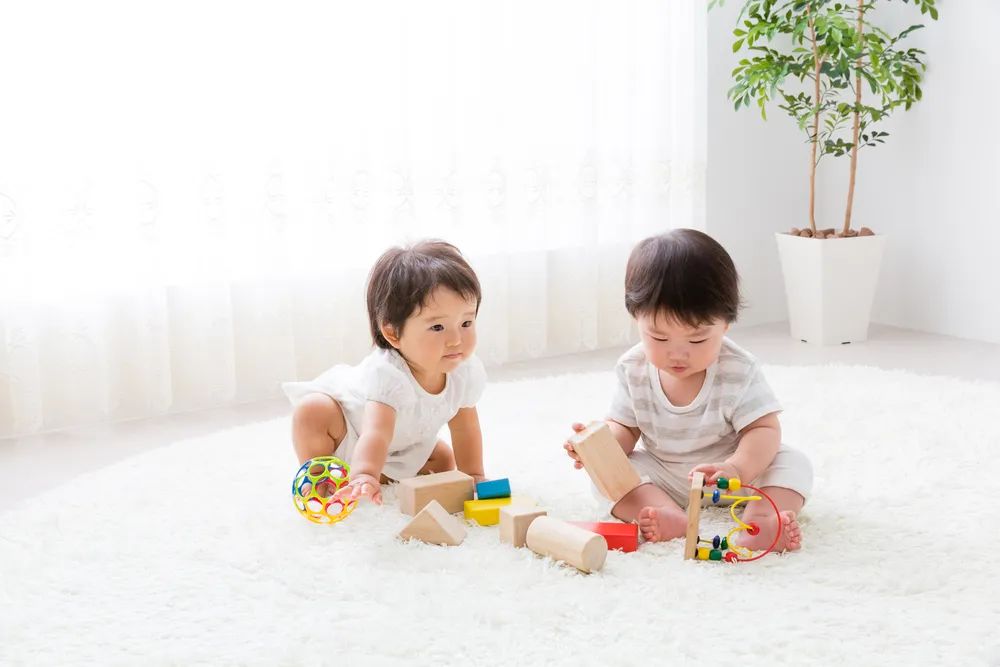
First of all, wooden toys belong to “low-structure materials,” stimulating children’s imagination and focus.
Low-structure materials have relatively low structure, strong variability, and diverse gameplay. For example, wooden blocks have a texture that is closer to real construction materials. Although they are just blocks, they can be used in various forms of parent-child interaction such as imaginative building, mathematical logic, role-playing, and more. It allows children to use their imagination to build various shapes, making it a good toy for understanding numbers and logical enlightenment.
Secondly, wooden toys have no sound or light effects, relying entirely on autonomous exploration to cultivate a child’s problem-solving abilities.
Without colorful appearances and various complicated mechanisms, and without sound, light, or electronic effects, wooden toys may indeed seem a bit “boring.”
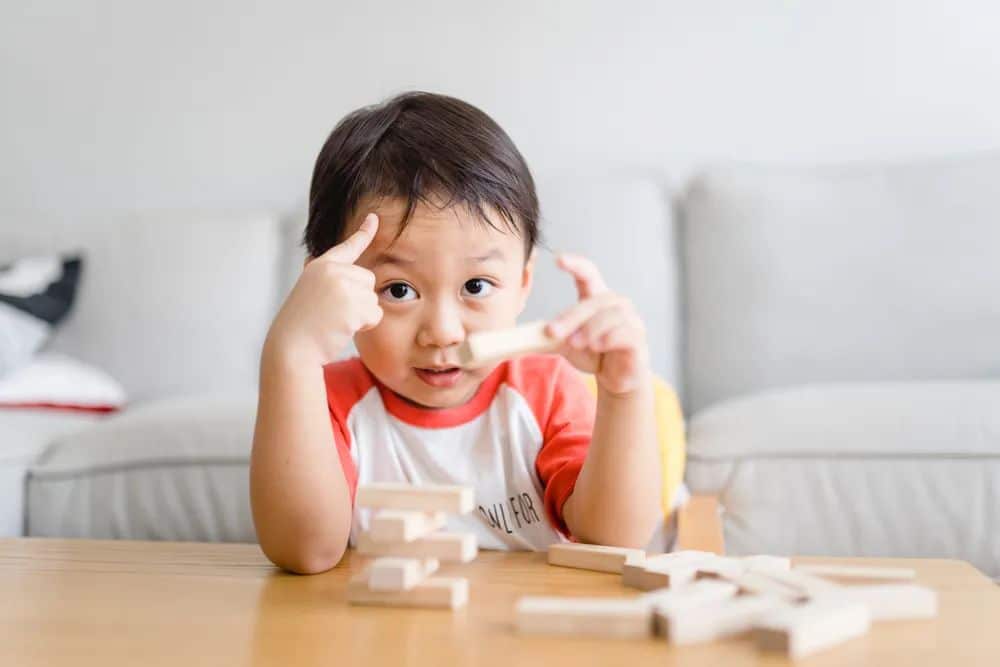
In reality, some seemingly simple wooden toys contain “autonomous error control” design, with strong operational rules. During play, children need to operate through reasoning and thinking to achieve the joy of success. For example, the cylindrical socket puzzle, which will gradually cultivate a child’s reasoning and problem-solving abilities.
Finally, the unique tactile sensation of wooden toys can help children learn to exert force and think while playing.
Wooden toys have a certain weight and a warm touch, conveying a sense of intimacy. Children can realize that the toys they touch and pick up are different from others.
Take a wooden toy car, for example. It may not move as smoothly as metal or plastic toy cars, forcing children to apply a bit of pressure or push to make it move. This is actually very important for children with delayed fine motor skill development or sensory impairments.
4 Details to Note When Choosing Wooden Toys for Kids
The younger the baby, the more attention should be paid when choosing educational toys.
Here are 4 details to consider for parents when making purchases:
Details for Choosing Wooden Toys
- Suitable for the Baby’s Age and Developmental Level Choosing toys should be based on the baby’s age, hand strength, and interests, starting from simple to difficult. For example, it would be too difficult for a one-year-old baby to build blocks. At this time, guiding the baby to knock down the blocks that are already built can be more enjoyable.
- Material Safety Standards Babies in the oral stage tend to put everything in their mouths, so toy material safety needs to be considered. Prioritize toys with no paint or environmentally friendly varnish. Do not choose toys from unlicensed manufacturers. When purchasing, you can refer to the following indicators:
- Chinese National Standard GB6675-2014 or a product quality inspection report
- For imported products, CPC certification (ASTM-F963 2017+CPSIA) is required. Manufacturers and importers of children’s products must be based on CPSC-accredited laboratory test results.
- Component Safety Parents should carefully check all components. The diameter of wooden blocks should not be smaller than 3.5 cm to avoid choking hazards. If the toy has relatively small holes, be careful that the baby’s fingers don’t get stuck.
- Fine Workmanship High-quality wooden toys are smooth, round, and free of burrs, sharp edges, or sharp corners. Before giving it to the baby to play with, we should check it first.
If it’s for younger babies to play with, try to choose wooden toys with rounded edges to avoid accidental bumps.
10 Classic Wooden Toys
Playing with these toys will make kids smarter as they go along.
Fine Motor Skills Wooden Toys, Exercise Hand-Eye Coordination
1.Wooden Geometric Puzzle Board
Grab the puzzle board and then match the shapes correctly, which seems very simple to adults but is a big challenge for little ones:
- First, children need to understand basic shapes and learn to distinguish squares, circles, triangles.
- Then they need to use hand-eye coordination to place the correct puzzle piece in the right position.

When playing with the baby, we can do it in two steps:
Step one, guide the baby to identify specific shapes, like “Which one is the circle? Baby, give the circle to mommy.” After the baby can recognize specific shapes smoothly;
Step two, guide the baby to pick up the puzzle piece and place it in the correct position. After the baby successfully places it, be sure to give positive encouragement and hugs.
2.Wooden Bead Stringing Toy
Hand-eye coordination refers to the coordination of fine hand movements under visual guidance. This ability is composed of the coordination of small muscles with perceptual abilities. When threading beads, the baby needs to hold the string with one hand, hold the bead with the other hand, and then thread the string smoothly through the bead under visual observation.
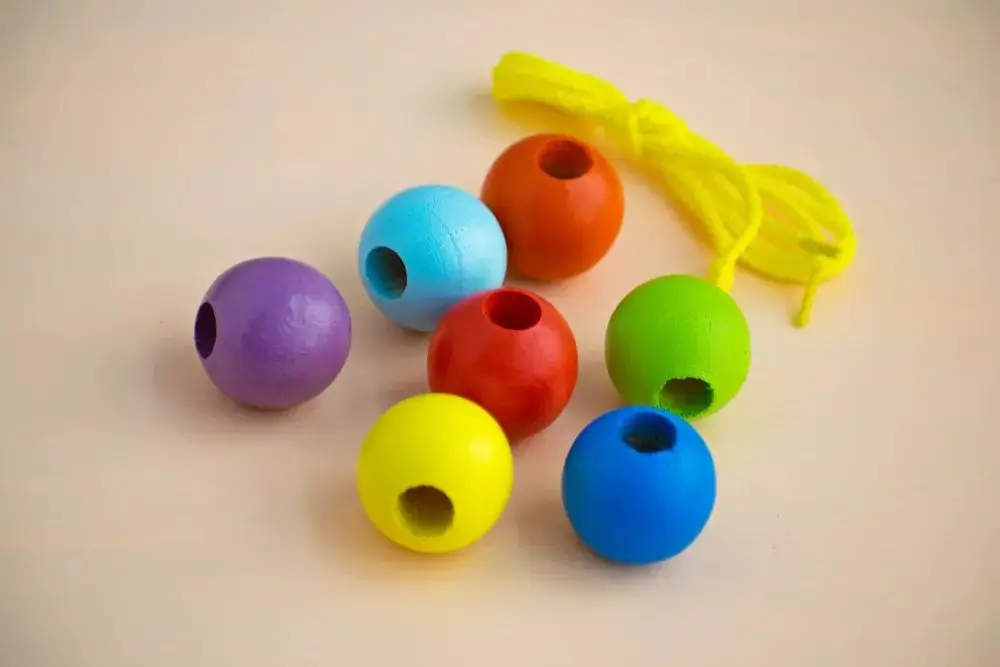
When starting this game, babies may become frustrated and impatient due to failures. Parents can demonstrate first, then use interesting language, exaggerated actions, or expressions to make the child interested.
For example, “The little bead train is about to depart! Mom will thread one carriage, do you want to thread one too?” If the baby is able to focus on threading beads, then we should quietly accompany them without disturbing.
3.Fruit and Vegetable Cutting Fun
Wooden cutting toys can also help babies develop hand muscle strength and hand-eye coordination. Generally, cutting toys are designed to resemble everyday items familiar to babies, such as fruits, vegetables, farm animals, and more.

When playing with the cutting toy, you can first guide the baby to name the toy, “Let’s find it, where’s the watermelon?” Once found, demonstrate to the baby, “Let’s cut it.”
When the baby cuts the velcro in the toy’s middle, it requires some effort. Many babies enjoy repeatedly cutting the toy. After cutting, you can then do matching exercises with the baby, starting from pairs, then progressing to more pairs.
4.Balancing Cactus
Balancing Cactus is a wooden toy that exercises a child’s sense of touch. Each leaf of the cactus block has a hole, and they can be assembled in various ways, which will determine whether the cactus can maintain balance.
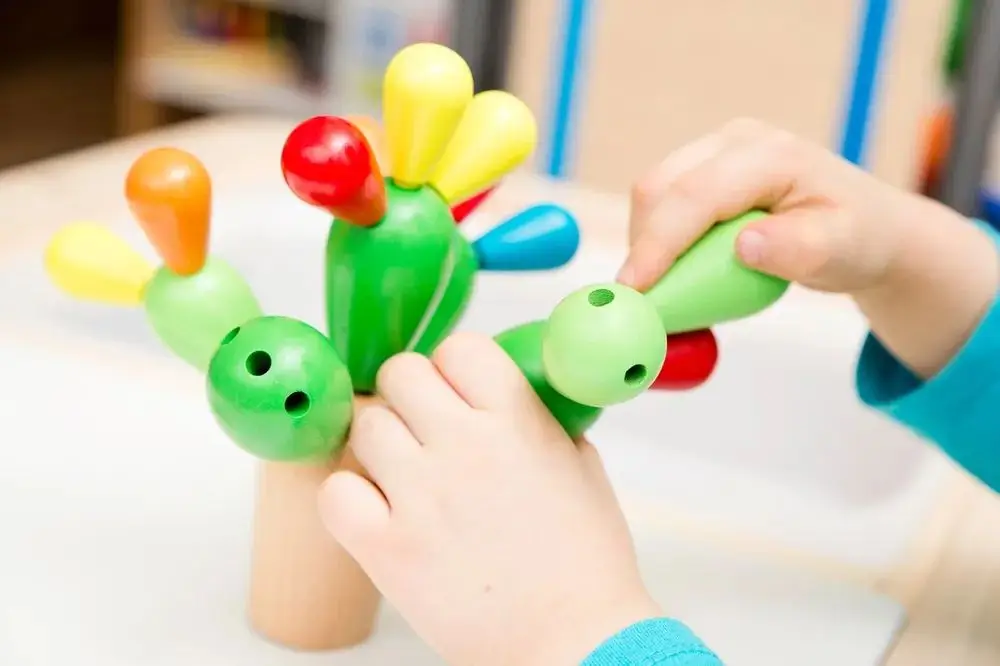
This toy allows children to develop two abilities while building:
①Understanding the concept of balance, feeling the weight and the changes caused by it.
②Exploring cause and effect, further cognitive development, such as putting the leaves on the same side will cause the cactus to fall, but when distributed in multiple positions, the cactus can stand.
5.Wooden Blocks
Blocks were originally invented by German educator Friedrich Froebel. Froebel designed a series of teaching aids, hoping that children could learn through play, and some of these aids were wooden blocks.
Many experienced moms have found that the most ordinary wooden blocks are the toys that can accompany children for the longest time and are played with the most. The main reason is that they are open-ended enough.
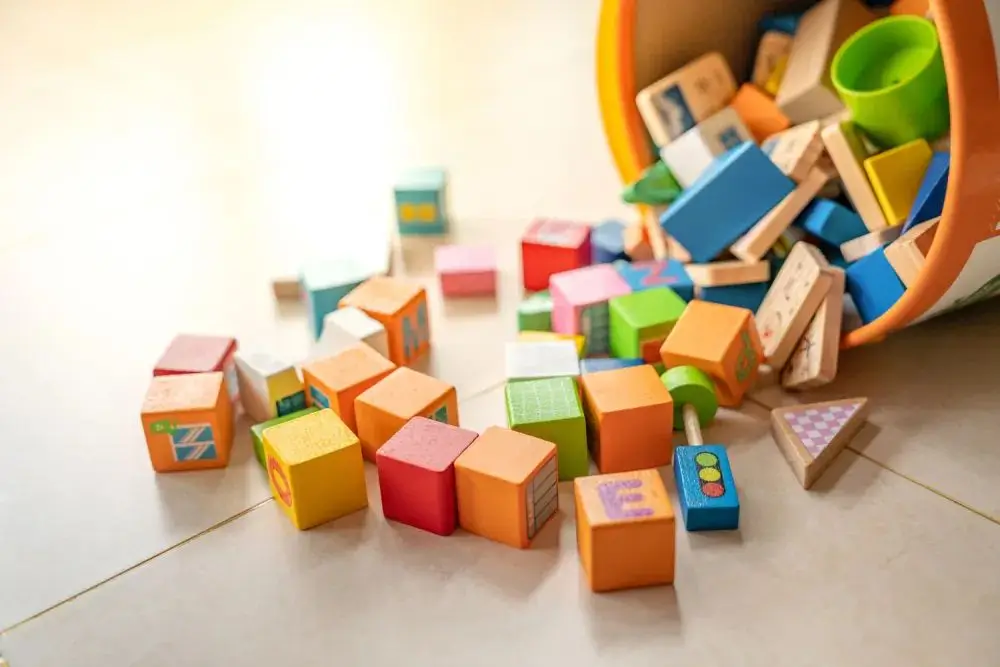
For babies under one year old, they practice grasping, bumping, and other actions with blocks.As they grow, they gradually learn to stack two or more blocks and can identify different shapes.
①Using blocks for shape matching games. Trace different wooden block shapes on paper and let the child find the corresponding block and place it in the correct position.
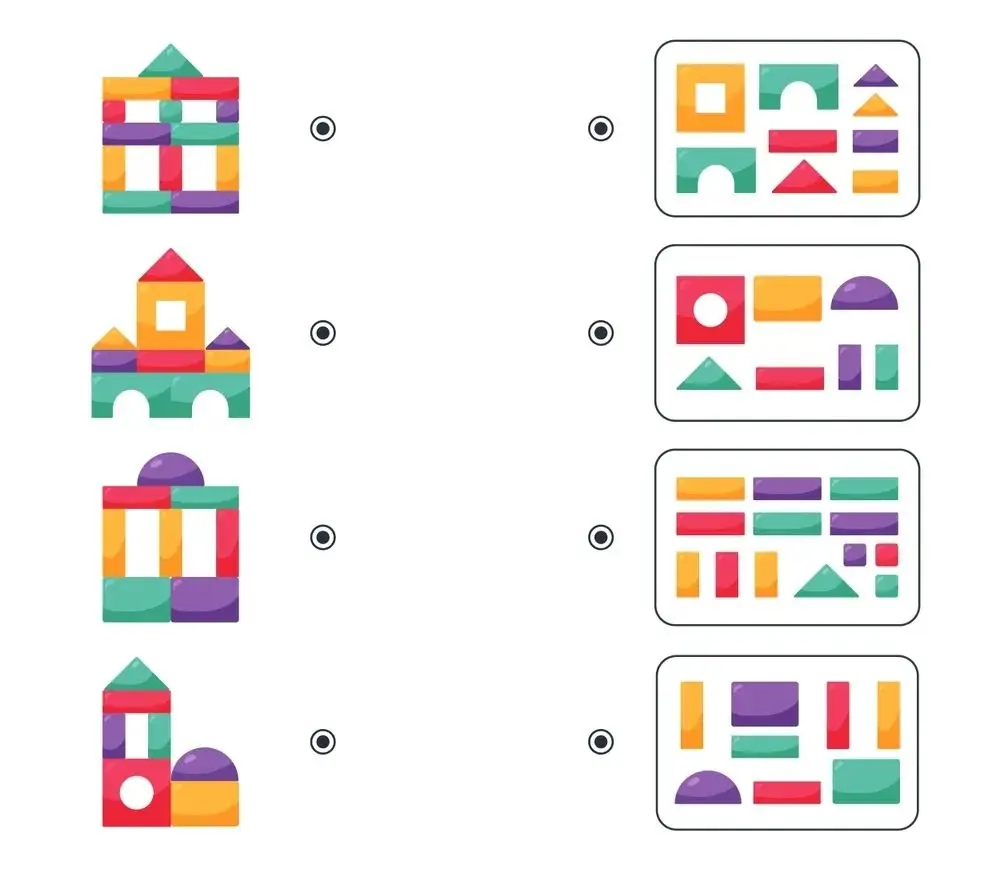
②Using blocks to build houses. This is one of the most common games for children. Sometimes they may get stuck on “what to build.”
Kindergartens abroad suggest this: Parents or teachers can search online for some representative photos of buildings, observe the characteristics of the buildings with the children, and then imitate the building process. For example, what shape is the Egyptian pyramid? How can it be built using existing block materials?
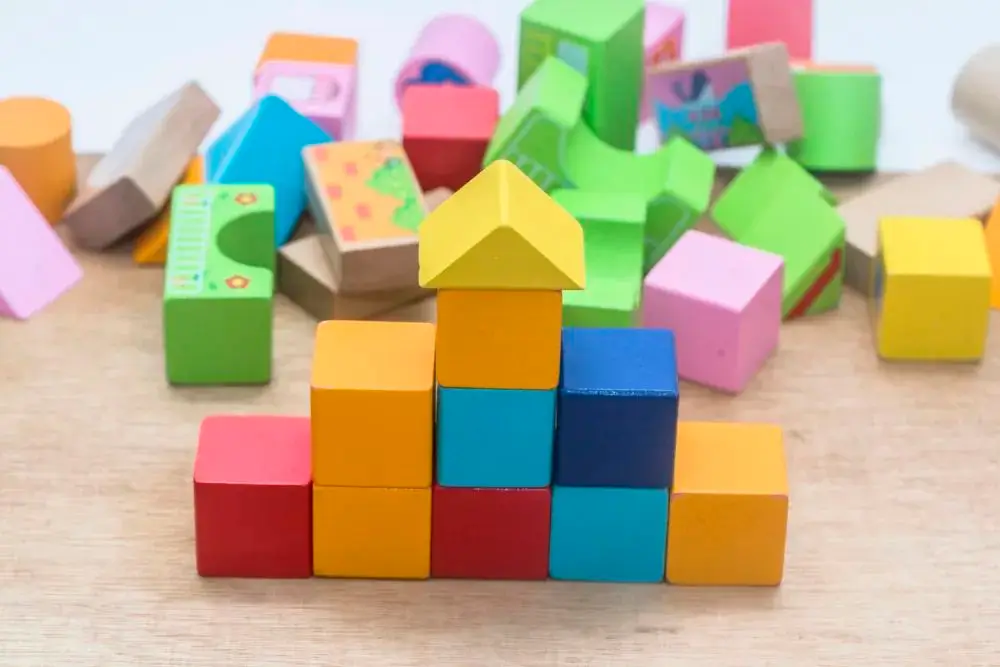
③Block puzzle game.
We can print or write out some simple graphics, such as houses, people, trucks, rockets, etc.
Prepare a basket of blocks with various shapes, and draw one shape at a time, using the blocks in hand to form the shape in the drawing. The one who completes the most shapes wins.
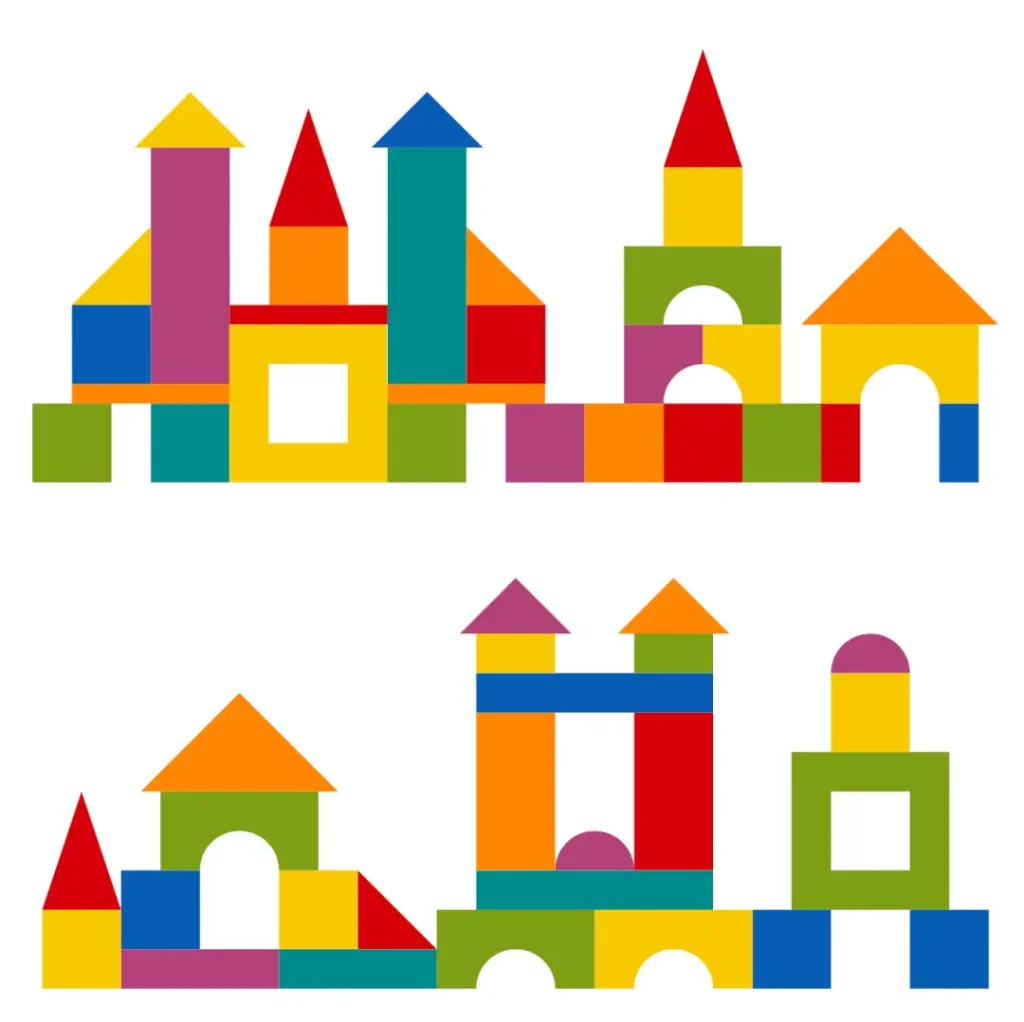
④Block maze: Around 4 years old, children begin to learn to construct closed structures with blocks. For example, using blocks to enclose some objects as a fence.
During this process, you can gradually cultivate the child’s sense of cause and effect and problem-solving awareness.
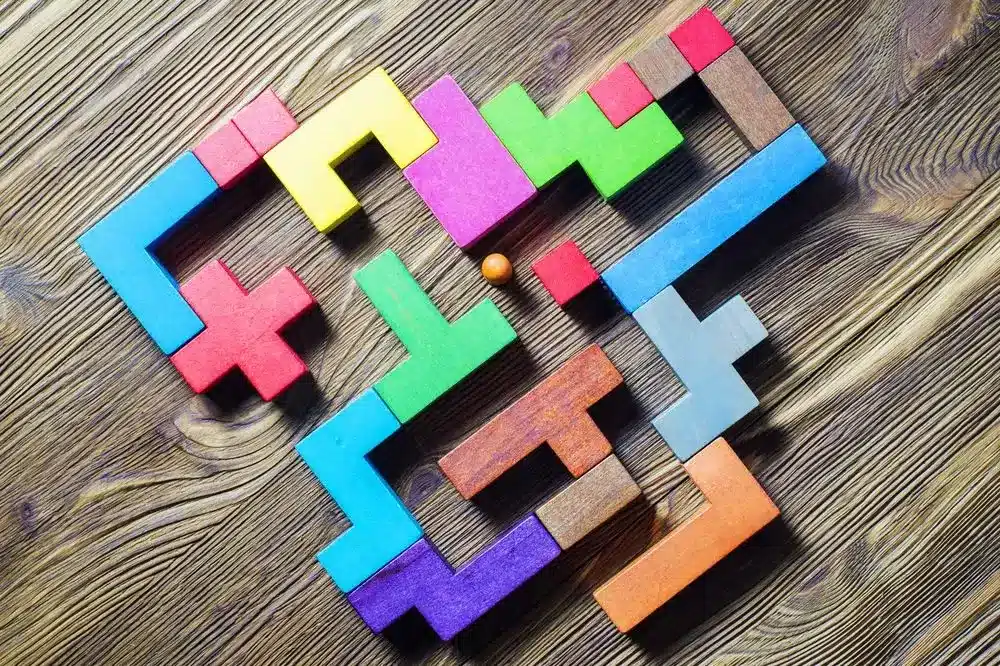
6.Pretend Play Toys
Pretend play is a classic game that no child can resist. There is probably no child who can resist the joy and fun brought by playing pretend games!
Pretend play toys made of wood materials often provide children with a more realistic experience of scenes. Children can understand how the world works by imitating the behaviors of family members.
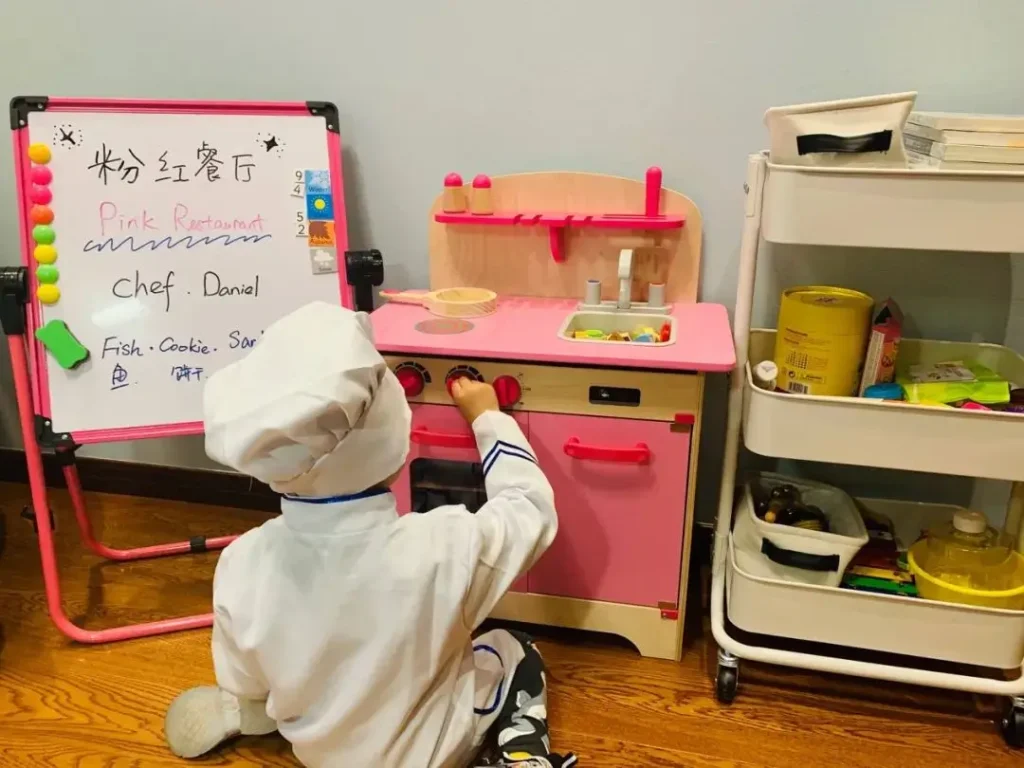
During this process, parents can cultivate children’s problem-solving abilities by cooperating with them or answering their questions. Teaching children how to express emotions and make things they like to eat can also help develop their social skills.
7.Rainbow Stacker
Rainbow stackers have been popular wooden toys in recent years. They usually consist of multiple colorful half-circle pieces. The bright colors and changing shapes make them not only toys for children but also eye-catching decorations at home.
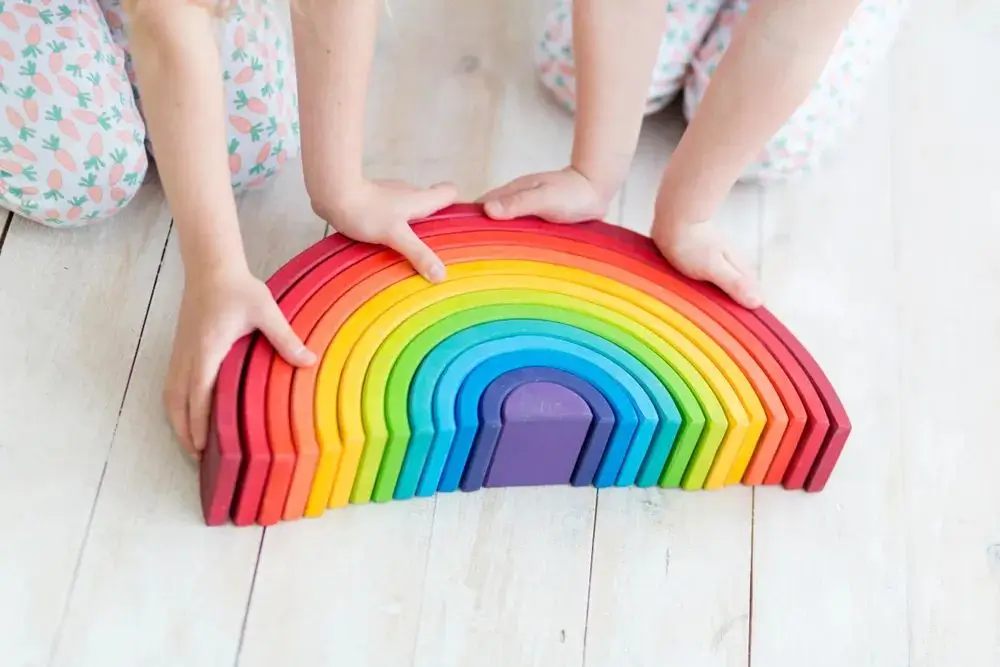
For very young babies, they can try stacking one by one, or take a single half-circle and feel the “imbalance” when rocking it left and right on the ground, helping babies develop spatial awareness.
In the eyes of older children, these curved boards can be wings, animal antennae, tunnels, trees, etc., serving as a good helper to cultivate children’s imagination.
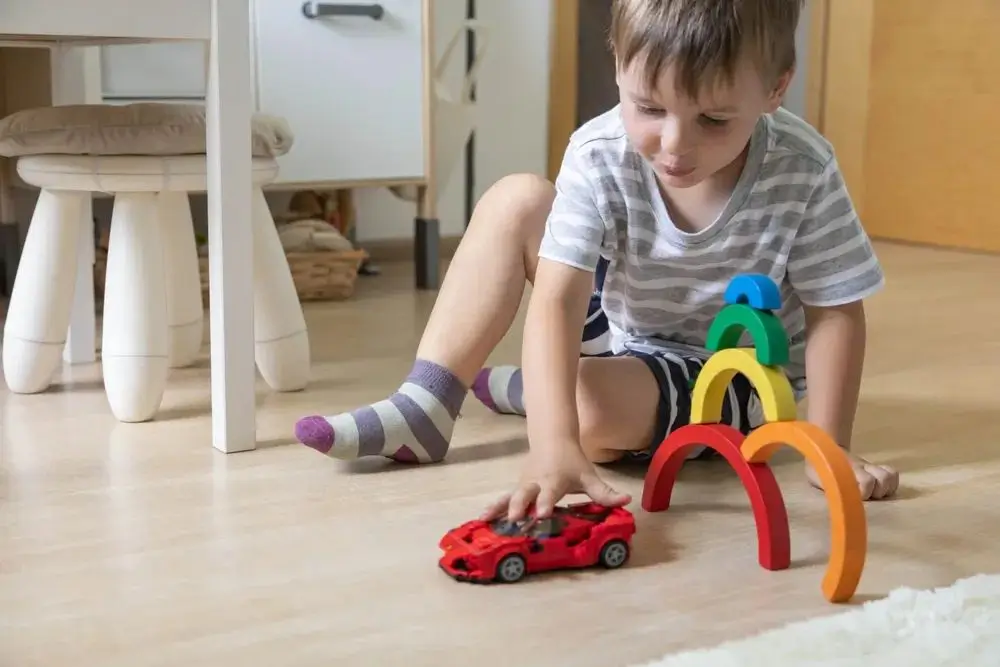
8.Wooden Train Track Toy
Tracks and trains are a theme that many babies are fascinated with. If you have a baby at home who loves trains and tracks, these wooden track toys are definitely a magical tool for creating beautiful parent-child moments.

Wooden tracks and cars have a certain weight and friction, allowing babies to control the movement of the car by their own strength. In the child’s imaginative leap, they are the ones directing the traffic. By following the child’s interests, you will get more focused moments.
Logic Thinking Wooden Toys, Cultivating Problem-Solving Abilities
9.Socket Cylinder
The socket cylinder is the most classic Montessori sensory teaching aid, with four groups in total, each with varying levels of difficulty. Each group consists of a long wooden block with ten circular holes, called sockets, along with ten corresponding cylinders with handles:
- The first group has cylinders of the same height but varying diameters from large to small.
- The second group has cylinders with the same diameter but different heights.
- The third group has varying diameters and heights, with a positive correlation, meaning larger diameters are also taller, and smaller diameters are shorter.
- The fourth group also has varying diameters and heights but with a negative correlation, meaning larger diameters are shorter, and smaller diameters are taller.
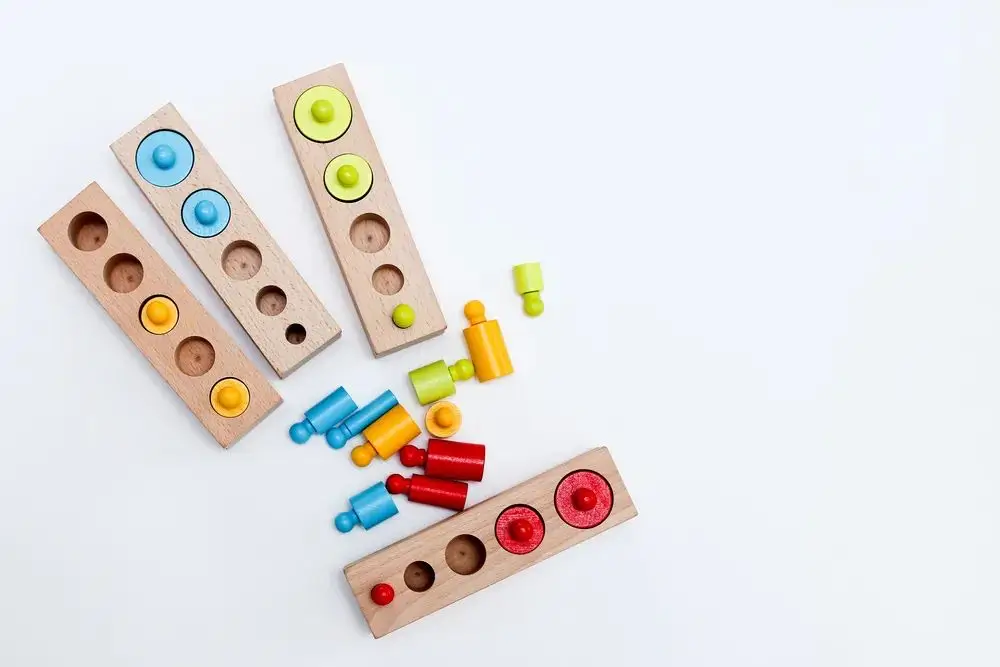
The big role of cylinder sockets is that they allow children to experience self-correction, which is what we mentioned earlier as “autonomous error control.” It can be understood simply as, if any step is wrong, they will not be able to complete the task successfully.
You can guide the child to start with the simplest first group, grasping the handles to remove each cylinder, mix them up, and then have the child try to match them to the correct socket one by one until all cylinders are in place.
10.Tangram Blocks
Tangram is a very common small toy that we often see, with bright colors and clear shapes.
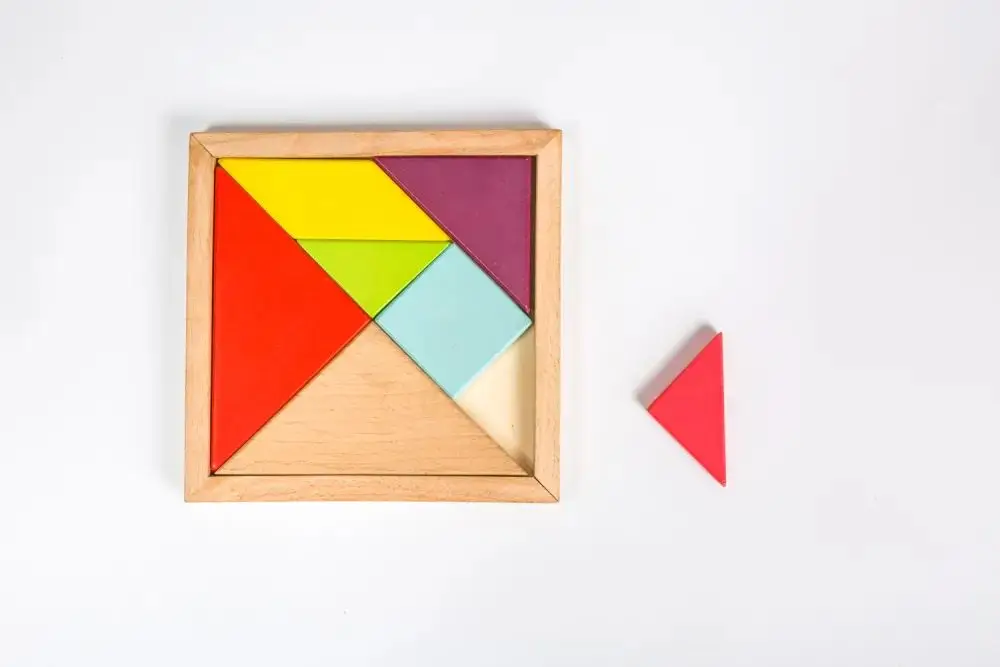
It can not only exercise children’s ability to divide and synthesize shapes but also, for older children, introduce concepts such as right angles, introduce the concept of unit measurement, multiples, and the quantity relationship of each block’s area. It can be used as a good teaching aid.
When playing with tangram blocks, we can start with patterns with obvious features that children can easily recognize. For example: rockets, houses, cars, etc.
Next, you can guide the child to combine the puzzle shapes, which requires continuous observation and trial and error.
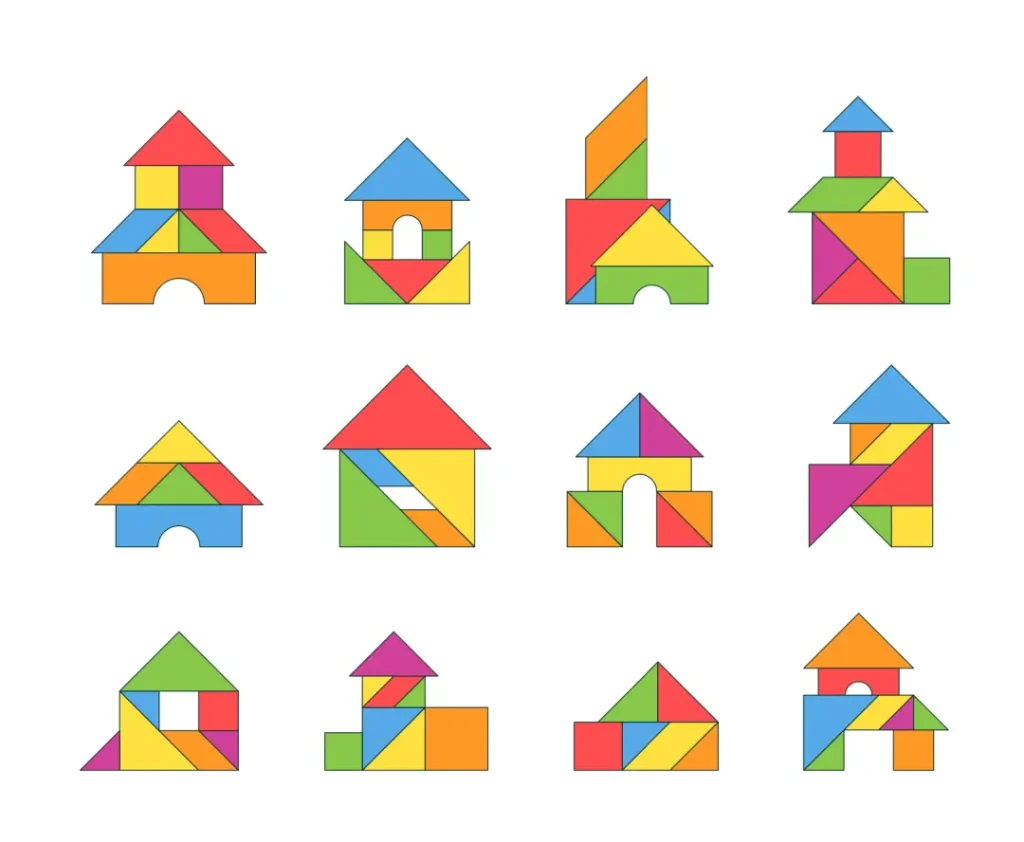
In conclusion, wooden toys gently and calmly allow children to accumulate sensory experiences and help children grow bit by bit. But no matter what kind of toy is chosen, the most important thing is parental companionship. Every moment of heartfelt parent-child time will be injected into the child’s mind and become a part of them.
